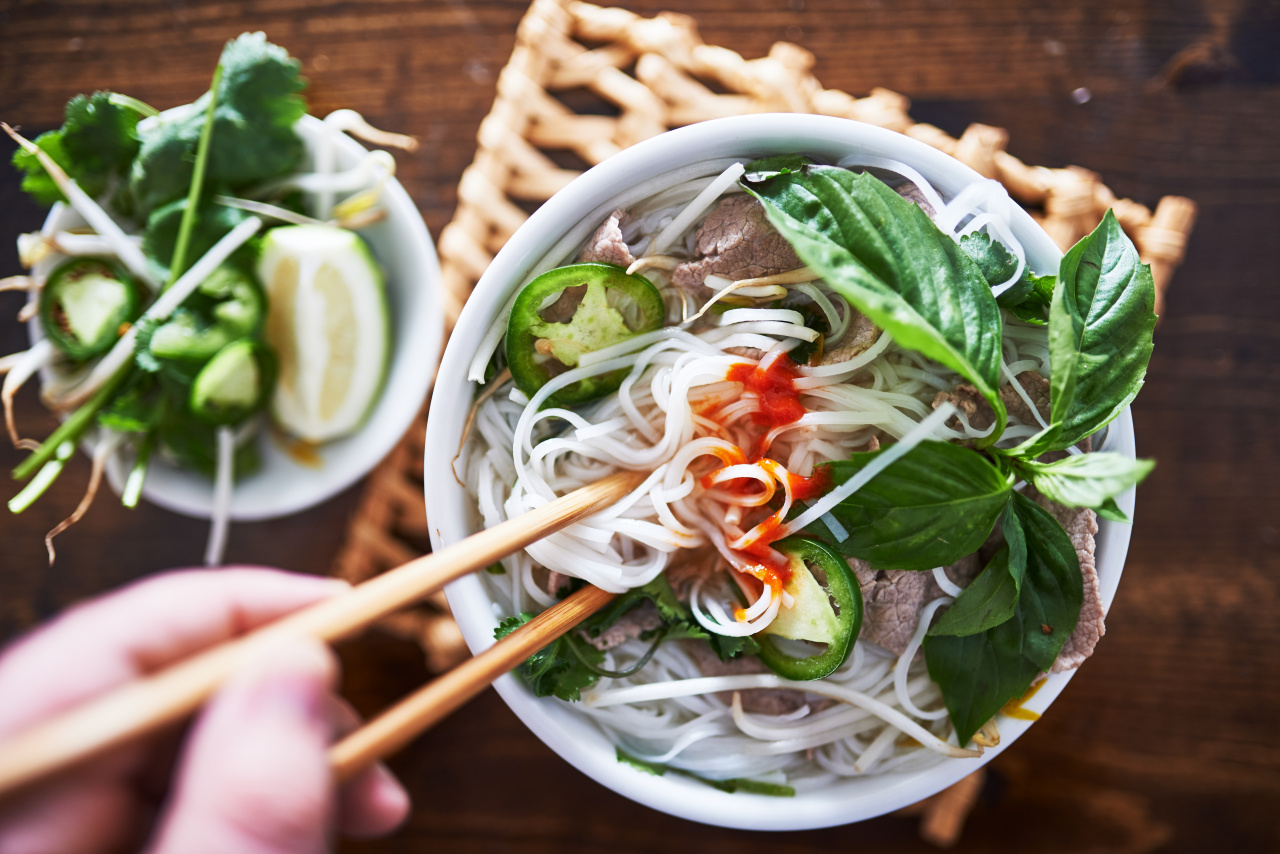Long overshadowed by Asia’s two gastronomical giants China and Japan, cuisines from Singapore, Vietnam, Malaysia and other Southeast Asian nations are tantalizing taste buds and adding new flavors to South Korea’s diverse food scene.
A visit last week to the Shinsegae Department Store’s basement-level food mall, where only the hottest eateries in Korea are invited to set up, reconfirmed the geographical diversification.
A section was created to resemble a food street in an imaginary Southeast Asian vacation spot, with stalls on both sides enticing passersby to taste and enjoy the exotic delicacies of foreign towns, without hopping on a plane.
 |
(123rf) |
“With the continued growth in Southeast Asian tourism … more people are searching for exotic regional food experiences,” a Shinsegae representative explained at the store’s “Taste of Asia” event. “From the planning stage, we wanted to assemble some of the hottest food from popular travel destinations.”
The event will move to Shinsegae’s other locations -- its Gangnam branch from Nov. 28-Dec. 4 and its Gyeonggi outlet from Dec. 6-12, the company said.
Koreans’ growing appetite for exotic delicacies is encouraging Asian food companies to enter the Korean restaurant scene.
Singapore’s Jumbo Seafood, known for its crabs in chili and black pepper sauces, set up its first store in Korea in Seoul’s Dogok-dong last July and added a second one in Ilsan, on the outskirts of Seoul, recently. PS.Cafe, another of the city-state’s popular eateries, can be found in Seoul’s Cheongdam-dong.
Earlier in March, Taiwan’s Tiger Sugar opened its first Korean outlet to an enthusiastic reception from young Koreans. Its signature bubble tea with black sugar syrup was the king of summer drinks this year, sparking a black sugar craze. It prompted local coffee franchises to come up with their own sugary creations. Now the franchise has nearly 30 outlets across the country.
Banh Mi Phuong of Hoi An, Vietnam, opened its first overseas branch this year in Seoul’s hip Yeonnam-dong area, serving up its signature banh mi sandwiches.
Southeast Asian flavors can be seen in average grocery shopping carts as well.
According to market research firm Nielsen Korea, the market for sauces mostly used in Southeast Asian kitchens, such as fish sauce, stood at 24.3 billion won ($20.66 million) in 2018, having grown 70 percent from 14.4 billion won in 2016.
In 2016, there were 47 brands of Southeast Asian sauce products being sold here, but now the number has risen to 72. The market is estimated to have expanded 37 percent in the past year, as compared with just 17 percent for Korean sauce products.
Local food firms are also rolling out related products in the market for ready-to-eat meals, targeting customers who want to savor their favorite Southeast Asian food at home.
By Lee Sun-young (
milaya@heraldcorp.com)








![[Today’s K-pop] Blackpink’s Jennie, Lisa invited to Coachella as solo acts](http://res.heraldm.com/phpwas/restmb_idxmake.php?idx=644&simg=/content/image/2024/11/21/20241121050099_0.jpg)